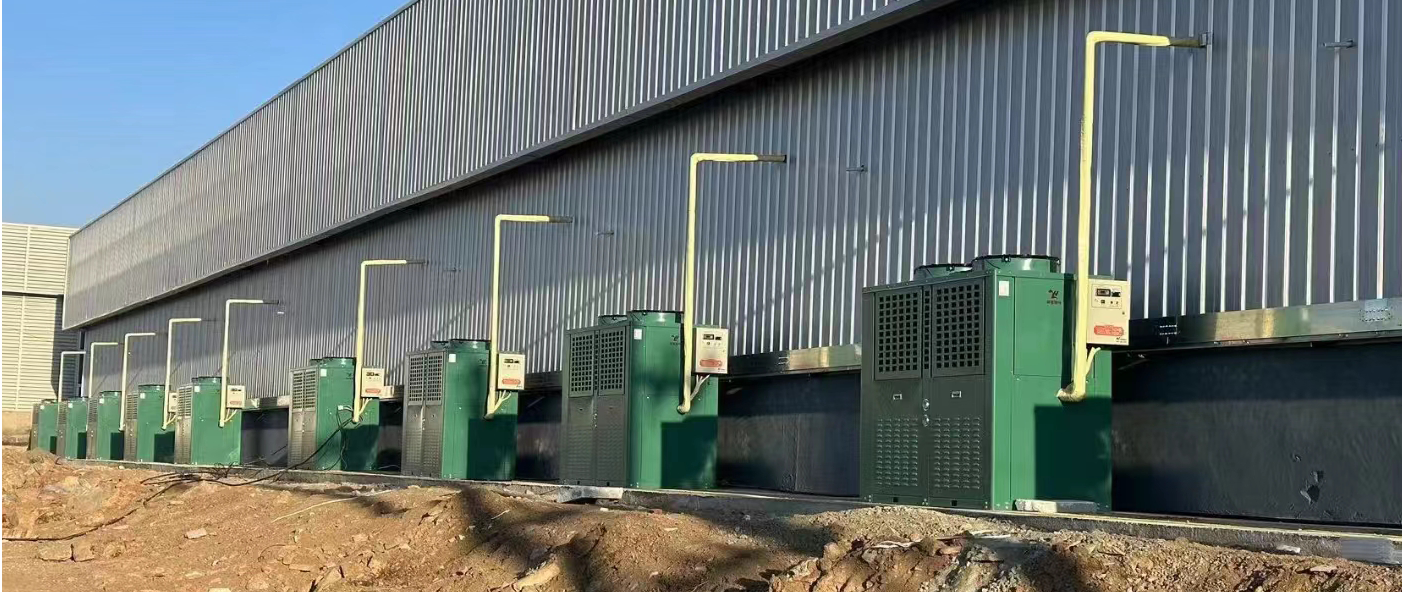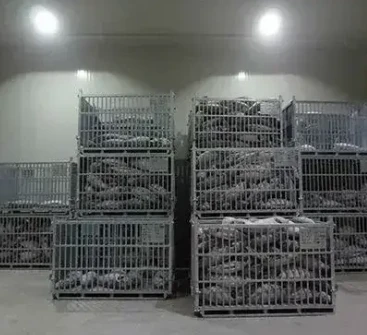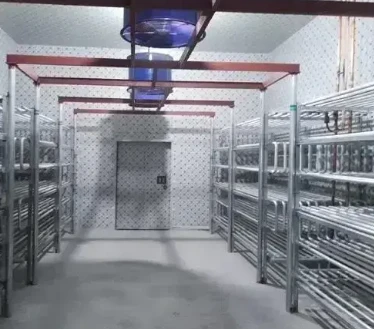fridge for meat storage
The Importance of Proper Fridge Maintenance for Meat Storage
When it comes to food safety, few things are more critical than the proper storage of perishable items, and meat, in particular, requires special attention. With various types of meat — from poultry and beef to pork and seafood — proper refrigeration is paramount for preventing the growth of harmful bacteria and maintaining quality. This article explores the best practices for storing meat in your fridge and the significance of keeping your refrigerator at optimal conditions.
Understanding Meat Storage Needs
Meat is susceptible to spoilage due to its high protein content, which serves as a breeding ground for bacteria. To minimize this risk, it is essential to store meat at temperatures below 40°F (4°C). The fridge should ideally be set at 37°F (3°C) to inhibit bacterial growth and keep the meat fresh. Regularly monitoring your fridge’s temperature with an appliance thermometer can help ensure that it operates within safe limits.
Choosing the Right Cuts and Packaging
When purchasing meat, opt for cuts that are fresh and have a good expiration date. Once you have brought the meat home, it’s crucial to package it properly. If you bought meat in its store packaging, consider transferring it to airtight containers or wrapping it tightly in plastic wrap or aluminum foil to prevent exposure to air and moisture — factors that can lead to spoilage or freezer burn if you also plan to freeze it. Vacuum-sealing is another excellent method for preserving meat for extended periods.
Organizing Your Fridge
fridge for meat storage

The organization within your fridge plays a significant role in maintaining meat quality. It’s best to store meat on the bottom shelf to avoid cross-contamination with other foods. Drip trays can be handy in catching any liquid that leaks from the meat, further protecting other foods from contamination. Avoid overcrowding your fridge, as good airflow is essential for maintaining stable temperatures throughout the appliance.
The Role of the Fridge's Features
Many modern refrigerators come equipped with special compartments or features specifically designed for meat storage. These areas may have different temperature controls or humidity settings, allowing for optimized conditions based on the type of meat. Utilize these features whenever possible. Additionally, keeping your fridge clean and organized contributes to its overall efficiency and longevity, enhancing the meat storage capabilities.
Recognizing Signs of Spoilage
Even with the best storage practices, vigilance is vital. Always inspect your meat before use. Signs of spoilage include an off smell, discoloration, or a slimy texture. If you notice any of these signs, it’s best to err on the side of caution and discard the meat. The adage “when in doubt, throw it out” can save you from foodborne illnesses.
Conclusion
In conclusion, understanding the importance of proper meat storage in your fridge is pivotal not just for preserving the quality and taste of your meals but also for ensuring your health and safety. By maintaining appropriate temperatures, utilizing airtight packaging, organizing your fridge effectively, and making use of the fridge’s features, you can significantly extend the life of your meat and reduce the risk of spoilage. Practicing these habits consistently will lead to better food safety and an improved cooking experience in the long run. Remember, a well-maintained fridge is not just a tool—it's a key player in keeping your family safe and your meals delicious.
-
Transform Operations with Vacuum Freezer MachineNewsMay.14,2025
-
Enhance Business with Cold Room TechnologyNewsMay.14,2025
-
Vacuum Freezer Machine for Modern NeedsNewsMay.09,2025
-
Discover Our Comprehensive Cold Room SolutionsNewsMay.09,2025
-
Cold Room Solutions for Your BusinessNewsMay.08,2025
-
Advanced Vacuum Freezer MachineNewsMay.08,2025
















































































































